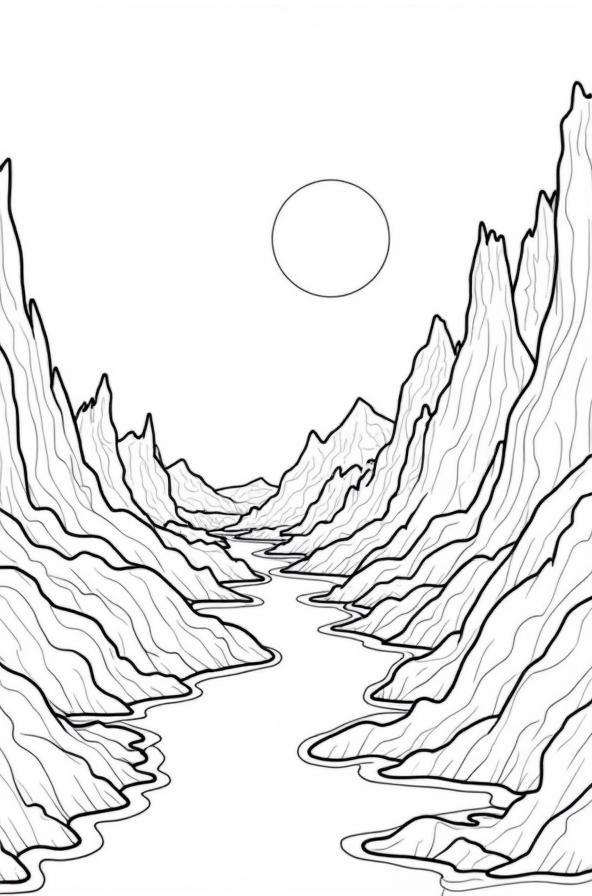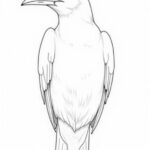Painting the Rock Cycle: A Visual Guide
The rock cycle is a fundamental concept in geology that describes the continuous transformation of rocks from one type to another through various processes. This cycle is a dynamic and interconnected system that involves the formation, alteration, and destruction of rocks over millions of years. Let’s explore the key stages of the rock cycle and how you can visually represent them in a detailed diagram.
Key Stages of the Rock Cycle
- Weathering: The breakdown of rocks into smaller pieces by physical, chemical, or biological processes. This can be represented by showing rocks being broken down into smaller particles.
- Erosion: The movement of weathered rock particles by wind, water, or ice. This can be depicted with arrows showing the direction of movement.
- Deposition: The settling of eroded particles in a new location. This can be illustrated with particles accumulating in a new area.
- Compaction and Cementation: The compression of sediments and the formation of sedimentary rocks through the deposition of minerals. This can be shown with layers of sediment being compressed and cemented together.
- Melting: The heating of rocks to their melting point, turning them into magma. This can be represented with a rock melting into a pool of molten material.
- Intrusion and Extrusion: The movement of magma through the Earth’s crust, forming igneous rocks. This can be shown with magma intruding into existing rock layers or extruding onto the surface as lava.
- Metamorphism: The transformation of existing rocks under heat and pressure, forming metamorphic rocks. This can be depicted with rocks undergoing changes in texture and composition.
- Magmatic Activity: The cooling and solidification of magma, forming igneous rocks. This can be illustrated with magma cooling and solidifying into rock.
Creating Your Rock Cycle Diagram
To create a detailed and informative rock cycle diagram, start by drawing a large circle to represent the Earth. Within this circle, draw smaller circles or boxes to represent each stage of the rock cycle. Use arrows to connect these stages, indicating the flow of processes. Color-code each stage to make the diagram visually appealing and easy to understand. For example, use blue for weathering and erosion, green for deposition, and red for melting and metamorphism.
Label each stage clearly and include brief descriptions or key terms to enhance the educational value of your diagram. You can also add images or icons to represent each process, such as a magnifying glass for weathering or a volcano for magmatic activity.
By following these steps, you can create a comprehensive and visually engaging rock cycle diagram that effectively communicates the complex processes involved in the rock cycle.
Check similar topics:



